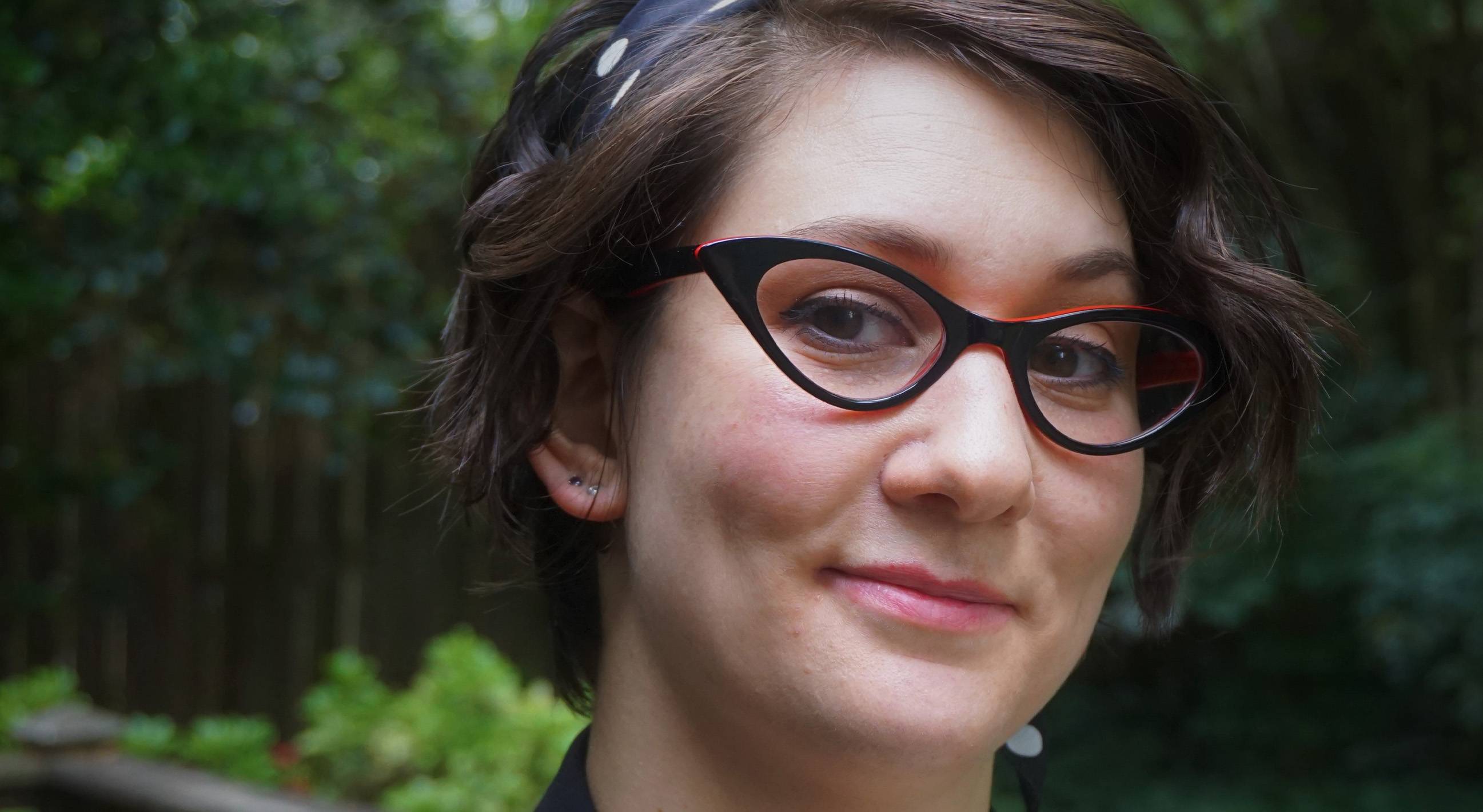
Tracking deadly diseases and viruses at the CDC all in a day's work
By Natalie Chandler
From her laboratory workspace, microbiologist Lindsey Estetter examines specimens to detect deadly diseases, track outbreaks, and identify unknown causes of death. Since 2014, the Texas State University graduate has worked as a contractor for the Centers for Disease Control and Prevention’s Infectious Diseases Pathology Branch. In the lab, the tissues that she examines are often sent from state health departments or by physicians seeking confirmation that a patient has COVID-19. Estetter has also analyzed samples for mycobacterium, vector-borne pathogens, and emerging diseases such as the Zika virus.
While the job can be grim, Estetter and her team are able to verify what happened and provide the information to the patient’s family. In cases where the patient is alive, that knowledge is useful in recovery.
“You just do it,” she says. “What we do is really important. I know that what I’m doing is making some kind of difference. I enjoy being by myself in a lab and I love that I can combine that with doing something that’s beneficial to public health. It’s rewarding, so it makes what I’m doing worth it.”
In high school, Estetter considered a career in cosmetology, but a sharp career turn followed. “I couldn’t even part hair,” she says. “But I did really well in the book portion of the class that talked about what kinds of diseases you could get in a salon, so I went into microbiology.”
In 2010 she earned a bachelor of science degree in microbiology; she completed a master of science in biology in 2012 with a focus on microbiology; and in 2014 Estetter graduated with a bachelor of science degree in clinical laboratory science (CLS). In 2021 Estetter was named to The Power List by the Pathologist website, www.thepathologist.com. The Power List represents “some of the most inspirational pathologists and laboratory medicine professionals in six different categories.”
During the COVID-19 pandemic, Estetter has received autopsy specimens and helped identify cellular targets of the virus and where it replicates in the lungs and airways of patients. Her team demonstrated a direct infection that indicated patients die from the COVID-19 virus rather than from the underlying symptoms. “Towards the beginning of the outbreak, we didn’t know whether the virus was directly causing the inflammation and injury seen in the lungs,” she says. “Our group showed that the virus is actively replicating in the cells of the infected person and causing the histopathological changes in the respiratory tissue.”
As more microbiologists retire, the field is thinning. Estetter believes the CLS program at Texas State gives students the skills needed for what happens behind the scenes in healthcare facilities, laboratories, and other settings.
“It teaches you the quality side of the clinical lab, which is not something you get in a typical biology degree,” she says. “It also gives you the experience to work with the instruments in hospitals and the understanding that the samples you’re handling are from patients. I think the program really makes you understand the importance of what you are doing.” ★